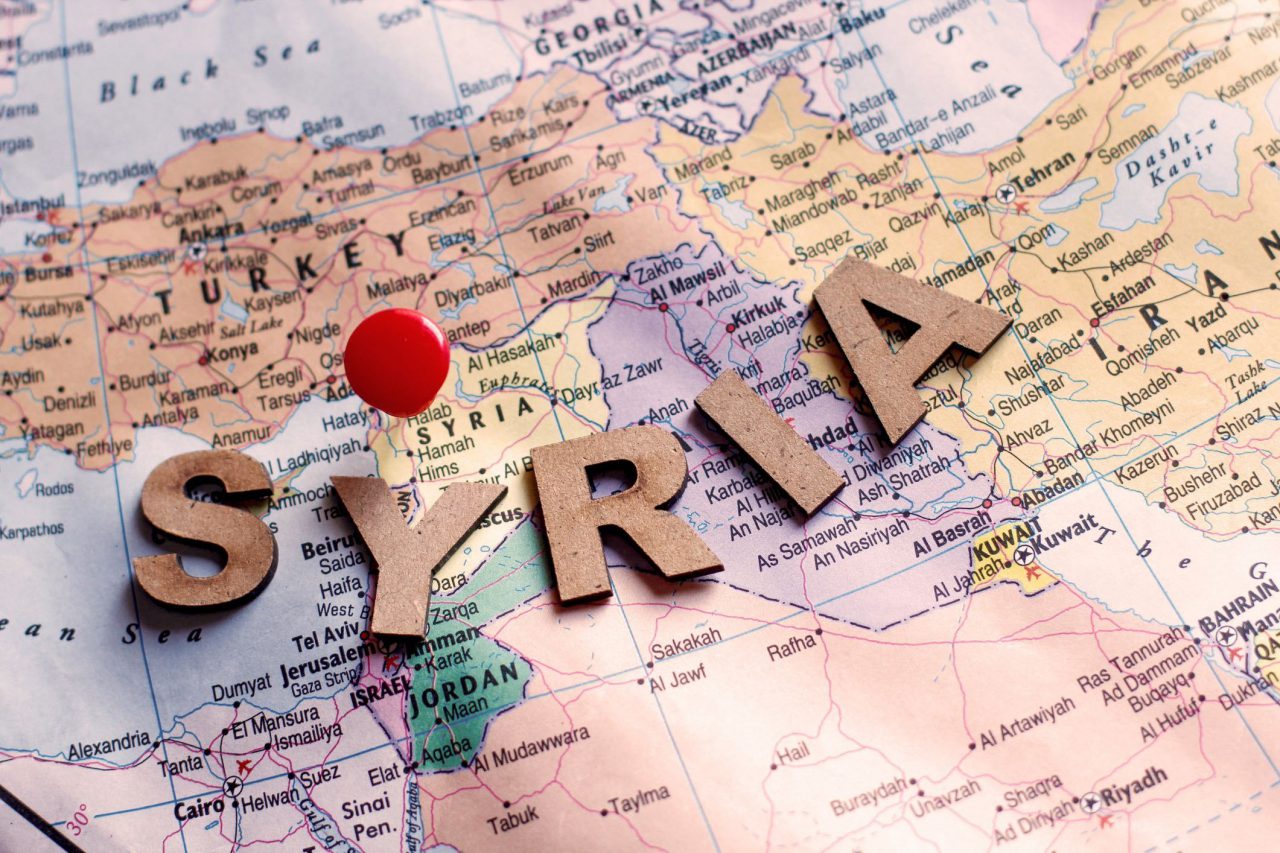Two statements from U.S. government officials, five years and four months apart, highlight the extent to which America’s policy on Syria has been driven by wishful thinking.
One came from the Obama administration’s top expert on Syria: “Our view is that this regime is the equivalent of a dead man walking,” the State Department’s Frederic Hof told a Congressional hearing on December 14, 2011. “I do not see this regime surviving.”
That was a widely-held view in America’s foreign policy establishment at the time. As it turned out, Syrian President Bashar al-Assad outlasted Barack Obama in power.
A more recent view of the Syrian dictator’s future came from the Trump administration’s top diplomat, Secretary of State Rex Tillerson. “It is clear to all of us that the reign of the Assad family is coming to an end,” he told a diplomatic meeting in Rome on April 11.
In the period between those two statements, the conflict in Syria morphed from a local confrontation between pro-democracy demonstrators and a repressive government to an insurgency, to a regional problem to overlapping proxy fights. A geopolitical nightmare. And the situation shows no signs of a solution, despite Tillerson's optimistic prediction.
Almost half the population has been driven from their homes or fled to neighboring countries. The death toll, around 450,000, is so enormous it boggles the imagination. Relative to the size of the populations of Syria and the United States, that‘s the equivalent of 6.5 million American dead — more than 10 times the toll of the American civil war.
Assad's grip on power seems stronger now than when Washington saw him as a “dead man walking.” His military, supported by Russian air power, have driven anti-government rebels out of their last strongholds in Aleppo, Syria’s second largest city, and regained control of fronts elsewhere.
Assad enjoys undiminished backing from Russian President Vladimir Putin, who changed the balance of military power by dispatching 70 combat planes and thousands of support personnel to Syria in September 2015 when the Assad government was losing ground after years of stalemate.
China keeps supporting the regime with money and military advice. The pro-Iranian militia Hezbollah, based in Lebanon, has been fighting alongside Syrian government forces.
What makes the Syrian conflict so difficult to solve is its complex mix of sectarian strife (Shia vs. Sunni Moslems), jockeying for regional dominance (Sunni Saudi Arabia and Turkey vs. Shia Iran) and big power rivalries (Russia vs. the United States). ISIS, another element in the toxic mix, has exploited anti-Shia resentment to attract disaffected Sunnis to its extremist cause.
Not to forget: Kurdish forces are fighting ISIS and hope to carve out a slice of Syria for themselves, an idea strongly opposed by Turkish President Recep Tayyip Erdogan.
Add the lawlessness and anarchy that goes with multi-sided conflicts involving a vast array of armed groups and it's clear why hope for peace in Syria is in short supply. Research on the duration of civil wars in modern times found the more outside influence there is, the longer the conflicts last. Since World War II, civil wars have lasted an average of a decade.
The Shia-Sunni split dates back 14 centuries and followed the death of the prophet Mohammed in 632. In the dispute over who should succeed Islam’s founder, those who thought it should be a member of the prophet’s family lost out against those who insisted the choice should be made by the elite of the Muslim community. That school of thought prevailed and its followers became known as Sunnis.
Under the Assad family — Bashar succeeded his father, Hafez — almost all key positions in the military, the secret police and the government went to members of their Alawite sect, an offshoot of Shia Islam. The great majority of Syrians are Sunni and many of them have long objected to rule by a minority that accounts for only around 10 percent of the population.
Tillerson made his remark about the reign of the Assad family five days after a volley of cruise missiles hit a Syrian airfield — America’s first direct strike on the government — in response to a gas attack that killed more than 80 people and was documented by stomach-turning video of children gasping for breath in the throes of death.
Donald Trump, who campaigned for the presidency on a platform of “America First” and vowed to stay out of foreign entanglements, was apparently so moved by the shocking images that he gave the green light for an attack on the airfield from which the gas-carrying planes took off. Fifty-nine Tomahawk missiles wrecked a number of Syrian planes but left the runways intact. Bombing missions against anti-Assad forces resumed within hours — with conventional explosives.
The missile attack was meant to send a message to Syria and the world: The new president, unlike his predecessor, is prepared to use military force at a moment’s notice. The message Assad may have heard: As long as you don’t use gas, prohibited by international law, to kill your opponents, the United States will leave you alone.
To make crystal clear that Assad can rely on continued support from Russia, its U.N. envoy vetoed a Western-backed resolution condemning the gas attack.
The veto highlighted deep strains in U.S.-Russian relations — in sharp contrast to Trump's election campaign comments about his hope for cooperation on Syria.
Cooperation seems so unlikely now that an option first discussed in the early stages of the war is regaining currency among some members of the American foreign policy community — work towards a partition of Syria along sectarian lines. Last year, then Secretary of State John Kerry, exasperated by the difficulties of even finding agreement on a durable ceasefire, said it might be too late to keep Syria together as a whole.
Since then, other foreign policy figures have floated the partition idea, including James Stavridis, a former NATO Supreme Allied Commander. Breaking the country into parts could result in an Alawite region in the west, around Damascus and running to the sea, a central part for Sunnis (once ISIS is defeated), and a Kurdish enclave in the northeast.
But the chances of this happening look remote in the absence of agreement by the major players. The long-predicted downfall of the Assad regime appears equally remote.









